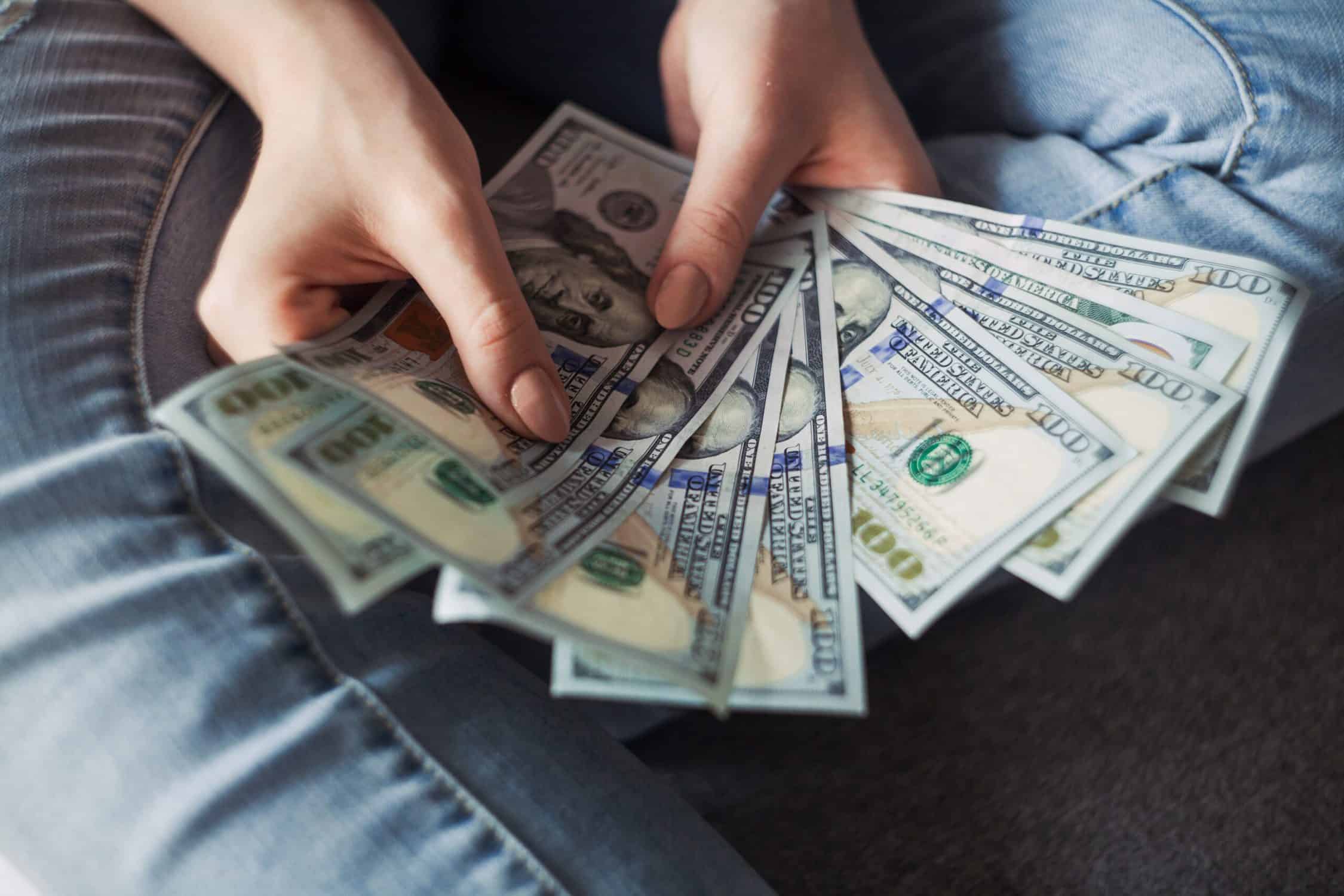All 39 Hacks are not in this single post
- Part 1 Acquisition hacks
- Part 2 Activation hacks
- Part 3 Retention hacks
- Part 4 Referral hacks
- Part 5 revenue hacks
You may think that once you get users to this stage, your work is complete. 2% of all your users have entered their credit card and are paying. The world is green and good, and soon Salesforce or Yahoo will be at your door offering an acquisition.
Not quite.
Growth Hack is not about getting to revenue. That’s where Lean Startup and Customer Development help. They show you product/market fit tactics, ending in taking some revenue.
Growth Hackers look at $5,000 in MRR with 5% monthly growth and are unhappy. They want to know how they can get 30% growth month on month.
They see $2 million in monthly ad revenue and want to get to $3 million monthly within 6 months.
You can increase revenue by hacking the 4 stages before it so that more people hit this stage. But you can also optimize this stage itself so that you achieve more revenue from each paying customer.

Here are some growth hack tactics to try:
Growth Hack Part 5: Revenue Hacks
32. Add a BIG discount on an annual payment
While technically a cashflow hack rather than revenue hacks, offering annual payments can offer a great boost to cash flow that would otherwise need to be plugged with equity or debt financing.
Many startups offer a 10% or 20% discount for annual payments. But this isn’t going to make anyone throw down cash who wouldn’t otherwise – it’s not a bargain.
With the average B2B SaaS company having a margin of 70%+ on a customer, then you’re able to get a bit more creative with annual discounts.

Try 30% discounts. Try an annual membership of 50% discount, but with certain limitations like they must take part in a case study.
Techhub Coworking space in London offers an annual membership of £600 a year when other coworking spaces nearby charge £150 a month for almost the same service.
There’s no surprise that Techhub has grown to own the market and keeps expanding – profitably.
33. Experiment Between Different Promotions and Discounts
Different services and different segments will react differently to different types of offers.
Experiment by sending 100 emails at a time with different offers: First month free, but then full price afterward. Then try a 15% discount for life.
Never assume that just because 98% of the SaaS industry has a standard “30-day free trial, no credit card needed” that this is the optimum pricing strategy for your business.
34. Offer an on-page promo code with a countdown to push the urgency
Sometimes a user has become convinced of the value proposition, they are interested in the product, but then they just need that little “nudge” of urgency.
A special promo with a countdown is perfect for this. It gives them a very real need to act fast if they want to save 30% or get that 15% lifetime discount.

A great way to deliver this is with a hello bar style banner that appears after a user has completed certain actions, or been on the page for over a certain amount of time.
Another way is to use a paid retargeting service like AdRoll, and show banners with exclusive promo codes exclusively to people who have visited over X amount of times.
35. Increase your prices. You’re probably undervaluing your product
Many startups with a product-market fit are too cheap. You started with extremely low pricing to help capture market share, and since then you’ve been too afraid to increase your prices. Because ‘doesn’t everyone else in the CRM space charge $9 for this’?
Salesforce is one of the most expensive SaaS CRM providers you will find. And they also happen to be worth $27 billion.
Nothing in the market says you need to be the cheapest. Being the cheapest is a tough business.
Salesforce has a dated UI, clunky features, requires a $3000+ consultant to set it up for your organization, and they insist on a 12-month contract. But still, people pay 3-4x times the cost of other comparable SaaS CRM.
You’re probably undervaluing yourself. Put the prices up and monitor what happens to total MRR.
36. Try bundling your product in big deals
Deal websites may have the potential to cripple restaurants and spas, but for SaaS companies with huge margins per customer, they can be a great way to grab a huge slice of a market.
This is best done only when you’re confident you have a viral component in your product.
Bundles such as Growth Hacker Bundle and services like App Sumo may not make a ton of revenue for you in their actual sales. But they bring in a huge slice of a pyramid which can then recruit a layer of full-price-paying customers.
37. Simplify your pricing to make choosing easier
Sometimes you can try too much differentiation between your pricing tiers. And you try too many tiers. Too many choices cripple people.
We’re just programmed to make better choices when we have fewer options.
Watch this TED talk for many examples and deeper theory into decision making.

The quick revenue growth hack tactic – have 3 options. If you need a cheaper option than those 3, or a free plan, separate it out from your pricing grid.
If you need more expensive options, again separate them out as a “call us” option.
Make it easy for customers to identify which pricing tier or price-plan is the best for them. Use names to make it even easier, “Freelancer, Startup, Big Business”.
38. Use value-based metrics, not cost-based metrics
One of the best marketing decisions Apple ever made with the iPod was that they were the first MP3 player to not sell GBs to the consumer. Instead, they sold a number of songs.
They sold the iPod on the metric that delivered value to the consumer (no. songs), not the metric (GBs) which dictated the cost to the manufacturer.
Do your users want 2 GB’s of storage or 800 Word documents? Do they want 10,000 email credits, or do they want 500 subscribers but unlimited emails?
Another bold hack to try is combining your top 2 or 3 plans into simple “unlimited” plans.
Some people would rather buy ‘unlimited’ so they just don’t have to think about limits – even though they wouldn’t have used up all of the fix plan limits anyway. Unlimited offers peace of mind, and that’s valuable. So use it as a growth hack to your advantage.
39. Switch out your Free plan for $1 Plan
I’m closing this list with something a little radical. Something SaaS companies don’t do – despite the fact that the Adult industry have used these tactics to maintain healthy recurring billing for years.
You’ve launched with freemium because every other SaaS competitor has a free plan. You have 900 active users who have no credit card on their account, and 30 customers who do.
How about if I told you that you could have those same 30 customers, but then instead of those 900 free users you had 400 users who are paying you $1 each?
Okay, so $400 doesn’t make a difference. But now those 400 users have their credit card details in your system, all you need to ask them to do is click a few buttons.
The whole psychology of getting over the “payment barrier” has already been done.
There’s a reason Apple push you to enter your credit card as soon as possible. It’s so that later when buying a £4.99 app, it’s just 1 button click away. No CV2 codes, no asking the boss for the departments' credit card.
$1 isn’t going to bother anyone. It isn’t going to kill your conversion rates for business users who actually want your product. How many $1 iPhone apps are bought, played for 5 minutes, and then discarded? A Starbucks coffee costs $3!
Try these startup growth hacks. Experiment. And then come back and let us know how it went!






